By Sean M. Cross, CAPT, USCG (retired)
“John later told me when he was swimming around in the cold dark Chinese waters and trying to signal the rescue destroyer, that he could hear the other PBM grinding around above the overcast and dropping the parachute flares that lit up the area like daylight. I wonder what the local Chinese thought was going on that night.”
— Commander Mitchell A. Perry, USCG (Ret)
The Korean War had been underway for two and a half years and the Chinese People’s Liberation Army was fully supporting the enemy North Korea. U.S. Navy Patrol Squadron VP-22, the Blue Geese, began its third tour of operations in the Korean theater conducting shipping surveillance of the China Sea on 29 November 1952 . On 18 January 1953 a VP-22 P2V-5 Neptune (BuNo 127744) assigned to Naval Air Station Atsugi, Japan (but, forward deployed to Naha Air Base, Okinawa) and crewed by “Crew Seven”:
- LT Clement R. Prouhet – Pilot
- LT Vearl V. Varney – Copilot
- AO3 Cecil Brown – 1st Ordnanceman
- AL1 Robert L. French – 1st Radioman
- AD1 Daniel J. Ballenger – Plane Captain
- AOAN Roy Ludena – 2nd Ordnanceman
- AFC Wallace L. MacDonald – 1st Photographer
- ENS Dwight C Angell – Navigator
- AT3 Paul A. Morley – 1st Radar Technician
- AD2 Lloyd Smith Jr. – 2nd Mechanic
- AL3 Ronald A. Beahm – 2nd Radioman
- PH1 William F. McClure – 2nd Photographer
- AT3 Clifford Byars – 2nd Radar Technician
launched on a reconnaissance mission to photograph communist anti-aircraft artillery on China’s southeastern coast . As the plane turned back toward Okinawa, ground fire from Chinese anti-aircraft positions near Swatow, China struck the Neptune behind the cockpit on the left side. A crew battle damage assessment revealed that Byars, the radar operator was hit with minor shrapnel wounds, the radar was inoperative, the fuel gauges were intermittent and there were two holes in the vertical stabilizer . However, the pilots noticed no issues with engine output or maneuverability. Hence, the crew now sought any friendly field on Formosa (now Taiwan) for a precautionary landing to inspect the aircraft.
Then suddenly the number one engine and the left wing were on fire and the vertical and horizontal stabilizers had sustained further damage. They lost the number one engine and emergency procedures failed to extinguish the fires, which by this time had migrated to the after station. At 1230 hours the crew issued an SOS and broadcast its intention to ditch the P2V-5.
The aircrew now reported that the left wing was almost burned through and nearing structural failure – AL1 French reported “the port wing was burning rapidly and in short order the flap was nearly gone […] our gas tank was not far away .” LT Prouhet prepared to ditch the P2V-5 in a perilous sea state with 15-foot swells, 30-knot winds with crests running every 200 feet. In describing the landing, French said “the impact was slight […] considering the sea state; we had made a very smooth landing ”. The aircraft was in the water fifteen minutes after it was hit by ground fire. All 13 crewmembers managed to get out of the sinking patrol plane.
Only one burned and partially inflatable, eight-foot, seven-man life raft was launched . AT3 Byars, wounded by the AAA (and shrapnel from his radar console) and ENS Angell, the navigator, were placed in the raft. PH1 McClure and AD2 Smith were separated from the main group and last seen being washed toward shore . The remaining crewmembers clung to the raft, trying to keep afloat. Another P2V-5 patrolling a different sector, diverted to the reported ditching position. Eventually sighting the survivors, the aircraft radioed for help and dropped a raft that could not be retrieved due to the rough seas.
The Coast Guard Air Detachment at Naval Station Sangley Point, Philippines, received word that a Navy aircraft had gone down and were scrambled for the rescue mission. Within minutes of receiving the distress signal, a Martin PBM-5G Mariner #84738, crewed by:
- LT John Vukic, Pilot
- LTJG Gerald W. Stuart, Copilot
- ADC Joseph M. Miller, Jr
- AM3 Robert F. Hewitt
- ALC Winfield J. Hammond
- AL1 Carl R. Tornell
- AO1 Joseph R. Bridge
- AD3 Tracy W. Miller
launched in response to the downed P2V-5.
While en route, LT Vukic intercepted a radio message stating that survivors had been sighted in the water but that they were unable to retrieve the rafts or any of the survival equipment which had been dropped to them from planes circling overhead .
LT Vukic let down to the surface to survey the sea conditions, but by the time the rescue team spotted the P2V-5’s crew it was 1630. On-scene conditions were challenging including wind 25 to 30 knots, seas 8 to 12 feet high and very steep with crests approximately every 150 to 200 feet moving with a speed estimated at 15 knots . The water temperature was later determined to be 62°F and the survivors had been in the water for nearly five hours . Several passes were made over the survivors who were on a life raft which was only partially inflated with four survivors hanging on the side.
With night falling and the waves rising, officials at Sangley Point left the decision of going ahead with the rescue mission to LT Vukic. LT Vukic was considered one of the most experienced “open sea” seaplane pilots having extensive PBM-5G flight hours and the experience of participating in the PBM-5G open sea landing tests off San Diego with CAPT Donald B. MacDiarmid earlier in his career (1949-1951) . Lacking an arrival time for a surface vessel and noting the condition and perilous position of the survivors – Vukic concluded that a landing attempt was necessary despite the hazardous conditions of the sea and the fast-approaching darkness.
LT Vukic “made a beautiful landing [even] under such circumstances ” and guided the big PBM-5G close enough for his crew to fish out the sailors. The “Crew Seven” survivors were hauled aboard and wrapped in blankets. Many of the Coast Guard crewmen removed their Mae Wests to provide medical and other assistance more effectively to the injured Navy personnel. Vukic and Stuart taxied in the worsening sea state for 30 minutes but failed to locate Smith and McClure – the last two aircrew. The swells began to increase as night descended upon them and Vukic concluded it was time to depart.
The PBM-5G lifted off and the pilot actuated the Jet Assisted Take Off (JATO) bottles to enhance climb-out. However, the number one engine suddenly failed. The dipping left wing was caught by a swell, which swept into the hull, heaved the plane upwards and caused it to cartwheel. The PBM-5G cartwheeled to the left, crashed and broke apart. Four of the rescued sailors and five of their Coast Guard rescuers died in the crash.
Two aircraft arrived and dropped additional rafts to the survivors. Throughout the ordeal, rescue aircraft were fired upon by the Chinese shore batteries. LT Vukic retrieved one raft and was able to pick up AD1 Ballenger and AO3 Brown while AM3 Hewitt retrieved the second raft and gathered Prouhet, Varney, Ludena, McDonald and French. The USS HALSEY POWELL (DD-686) – a 376-foot Fletcher-class destroyer commanded by CDR Albert Sidney Freedman, Jr., USN – finally arrived on the scene after the downed flyers had been in the water for seven and a half hours .
A second Coast Guard PBM-5G #84722 assigned to Sangley Point, piloted by LT Mitchell A. Perry with LT Frank Parker as co-pilot and LTJG Charles Fischer as third pilot and navigator, arrived after dark and dropped 34, one million candlepower parachute flares to assist the destroyer in navigating through the Chinese coastal waters . Squalls increased in intensity and visibility was now less than 700 feet . The seven survivors in the second raft had used all but one signal flare. The last flare successfully signaled their position for the destroyer. Eventually, as the ship approached, two swimmers from USS HALSEY POWELL proceeded to the raft and secured a line and the survivors were pulled aboard.
Meanwhile, the first raft containing LT Vukic had drifted to within 200 yards of Narnoy Island. USS HALSEY POWELL found itself in less than six fathoms of water, navigating over uncharted barrier reefs. CDR Freedman, demonstrating outstanding seamanship, maneuvered the destroyer around the reef so that the ship sailed parallel to the coastline with less than 200 yards margin for error. LT Prouhet remarked, “this feat of seamanship was accomplished in poor visibility on a murky night using charts of doubtful accuracy […] it took courage. ” Vukic, Ballenger and Brown were finally rescued just before midnight.
Of the 21 men of both aircrews, only ten survived, seven Navy aircrew and three Coast Guard aircrew. The following perished in the crash:
- ENS Dwight C Angell, USN
- AT3 Paul A. Morley, USN
- AL3 Ronald A. Beahm, USN
- AT3 Clifford Byars, USN
- LTJG Gerald W. Stuart, USCG
- ALC Winfield J. Hammond, USCG
- AL1 Carl R. Tornell, USCG
- AO1 Joseph R. Bridge, USCG
- AD3 Tracy W. Miller, USCG
PH1 William F. McClure and AD2 Lloyd Smith Jr. were lost after the initial crash and they remain unaccounted-for. Based on all information available, Defense POW/MIA Accounting Agency assessed the individual’s case to be in the analytical category of Non-recoverable.
They shall grow not old, as we that are left grow old:
Age shall not weary them, nor the years condemn.
At the going down of the sun and in the morning
We will remember them.
— For the Fallen by Laurence Binyon
The entire Coast Guard PBM-5G aircrew was awarded the Gold Lifesaving Medal for their actions.
The armistice was signed 6 months later on 27 July 1953, and was designed to “ensure a complete cessation of hostilities and of all acts of armed force in Korea until a final peaceful settlement is achieved”. This year marks the 50th anniversary of the events that transpired in the Formosa Straits – we remember the courageous Coast Guard and Navy men who perished and the families and comrades that they left behind.
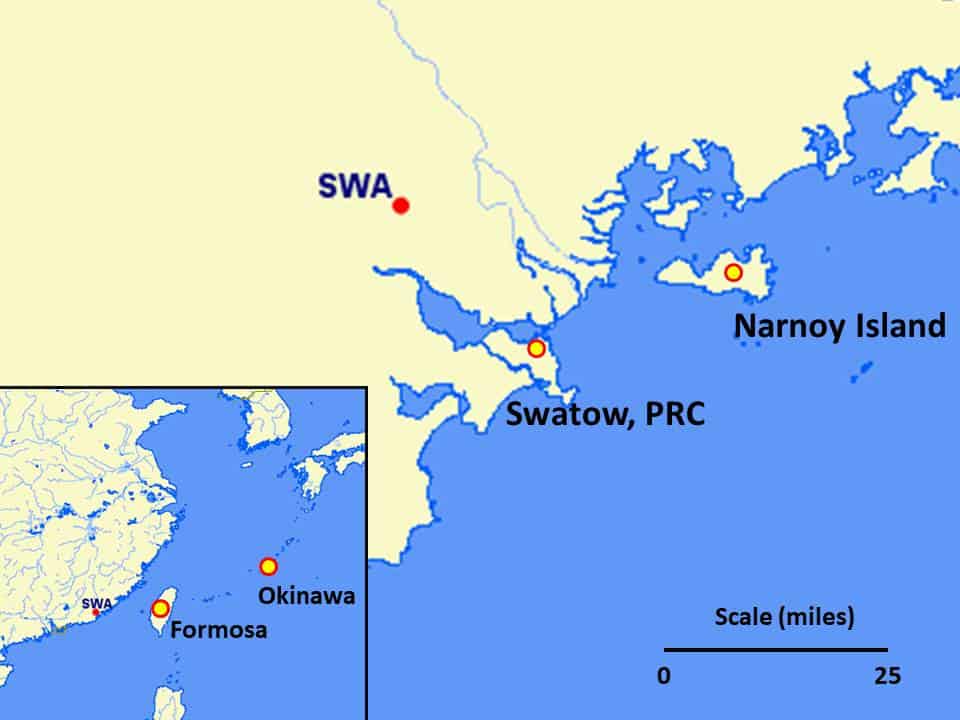
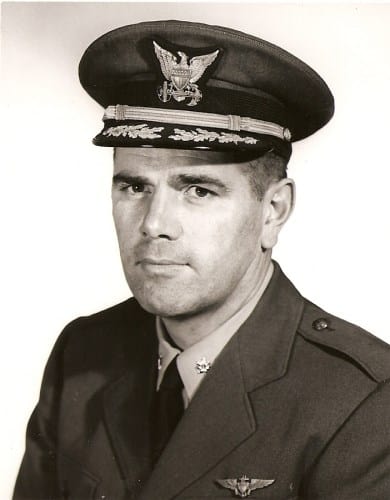
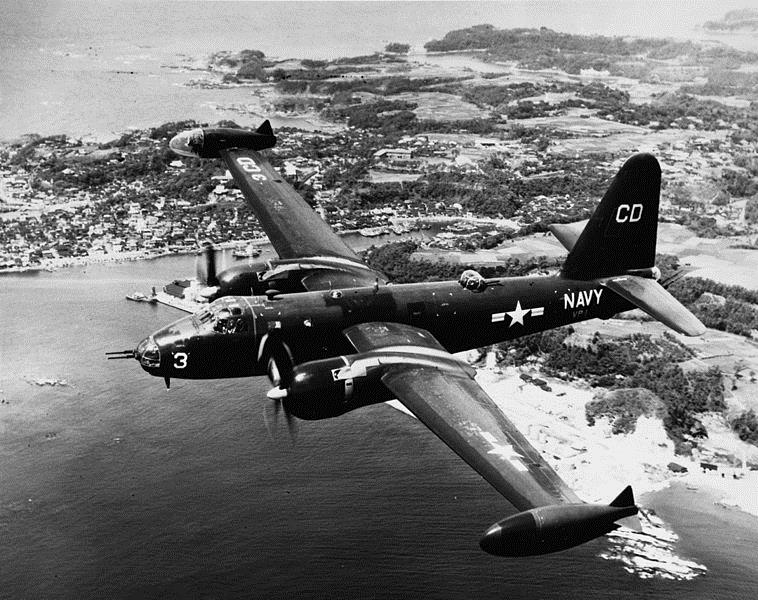
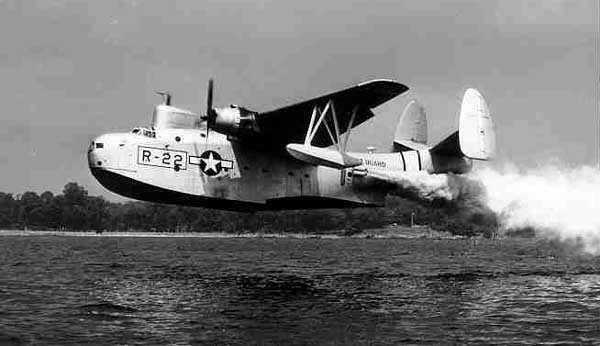
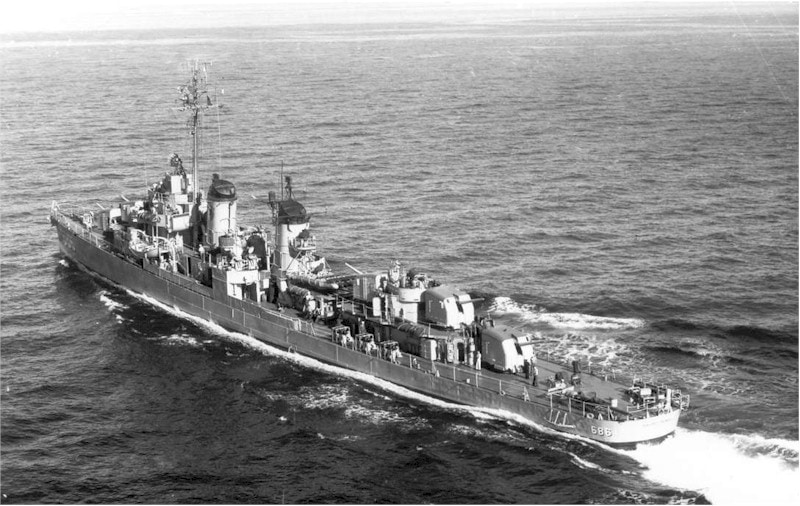


10 Feb 1953, Tue. Page 3
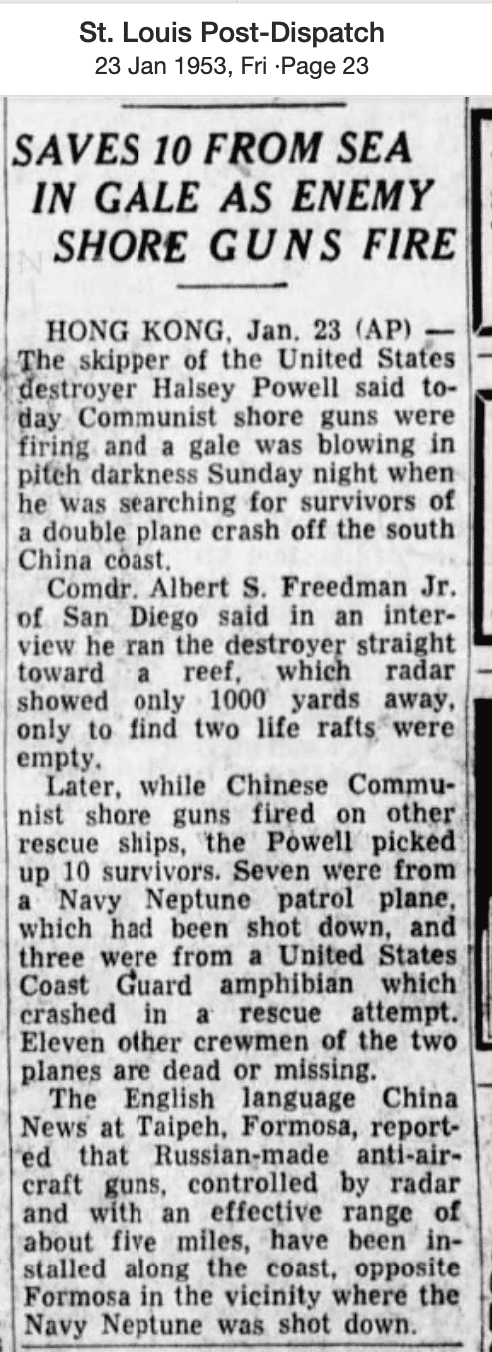
23 Jan 1953, Fri. Page 23

24 Jan 1953, Sat. Page 3
Image Sources:
3. https://www.dvidshub.net/image/6642410/screaming-eagles-patrol-squadron-one-fly-multi-mission-patrols-during-northern-edge-2021
4. https://cgaviationhistory.org/sar/swatow-china-january-1953-p2v-ditching-pbm-crash-and-rescue/
5. https://cgaviationhistory.org/sar/swatow-china-january-1953-p2v-ditching-pbm-crash-and-rescue/
6. https://www.check-six.com/Coast_Guard/Rescue_off_China.htm
7. The Evening Times, 10 Feb 1953, Tue. Page 3
8. St. Louis Post-Dispatch, 23 Jan 1953, Fri. Page 23
9. Newsday (Nassau Edition), 24 Jan 1953, Sat. Page 3
